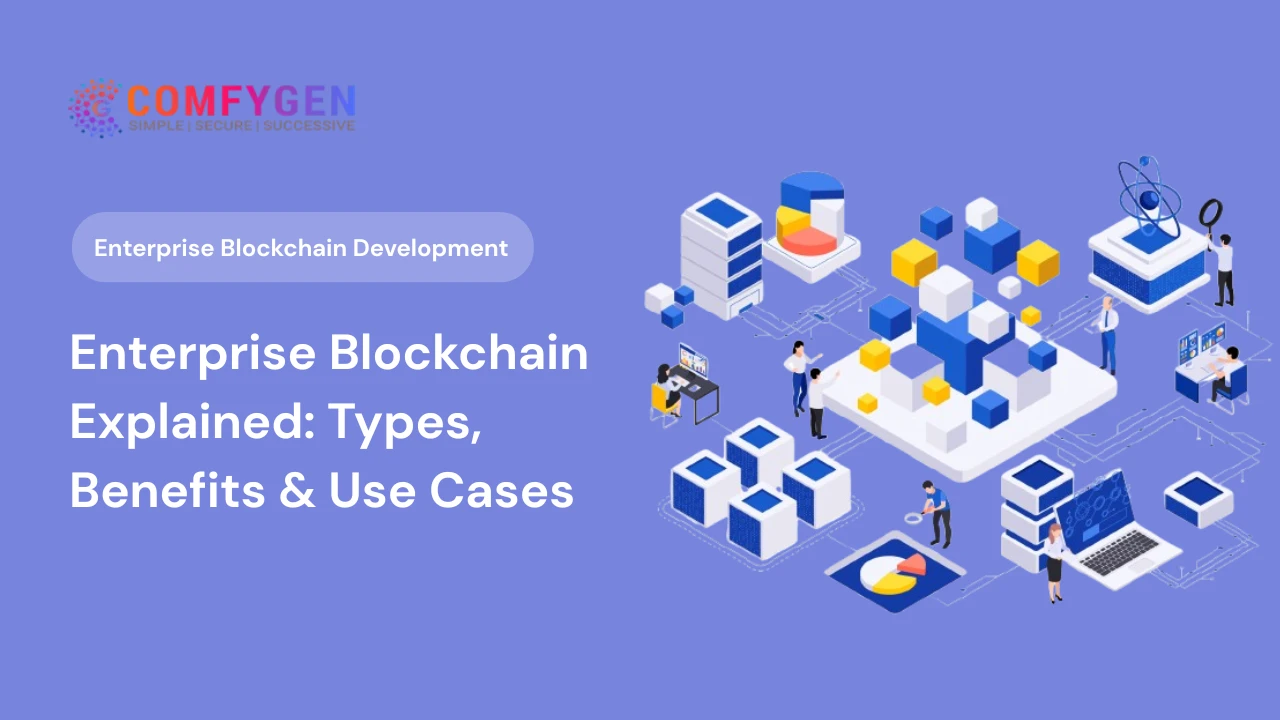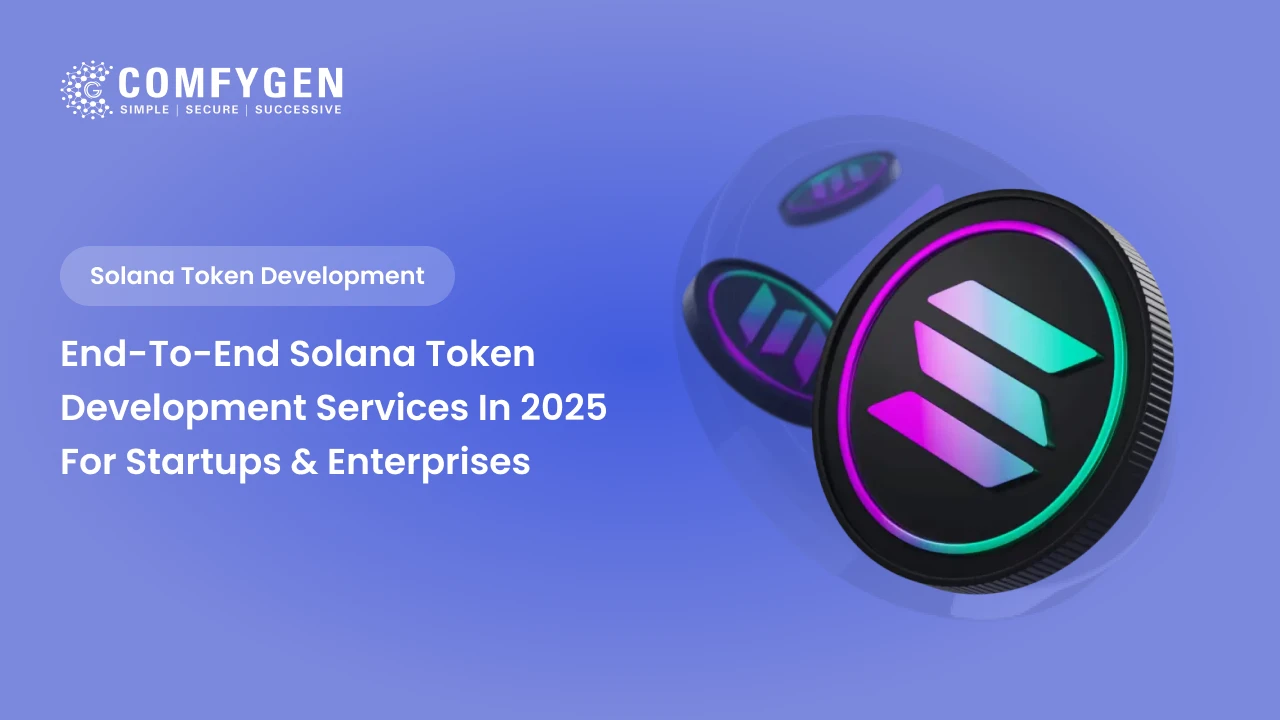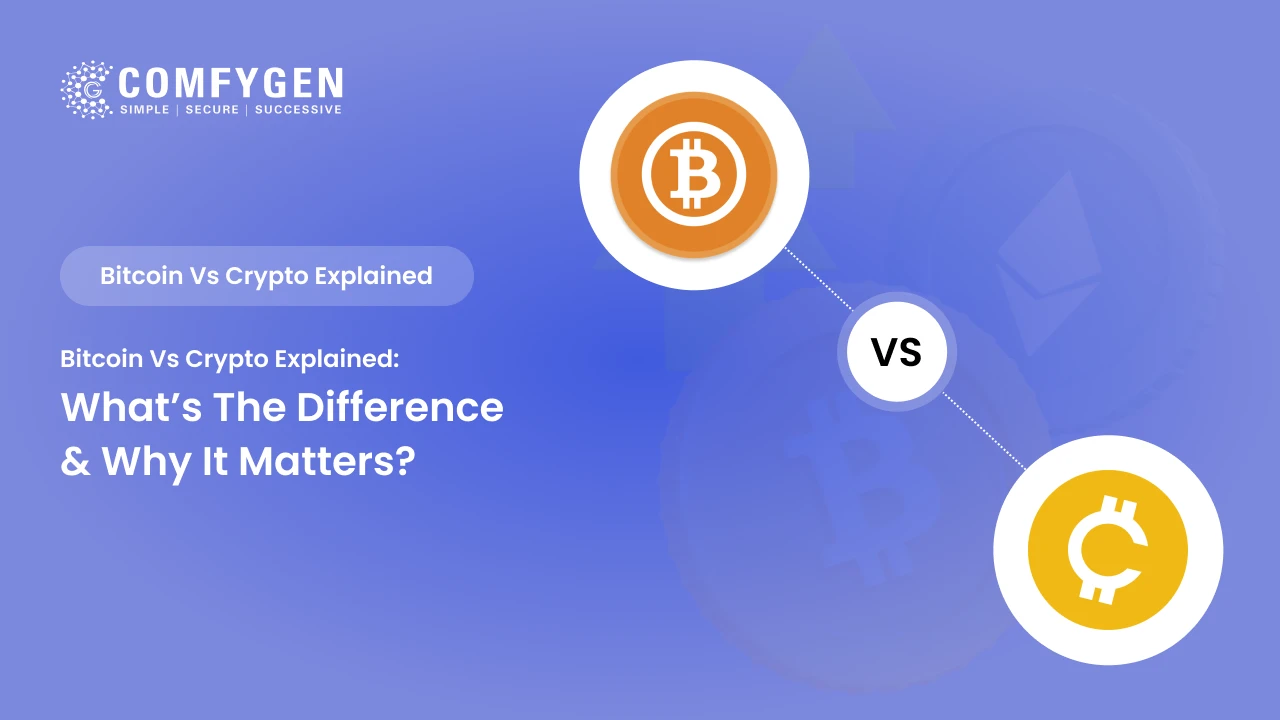Complete Guide to Stablecoin Development: 7 Key Steps to Launch Your Own
Introduction
Stablecoins have emerged as a bridge between the volatile world of cryptocurrencies and the stability of traditional fiat currencies. First introduced in 2014, stablecoins are digital currencies designed to maintain a stable value by being pegged to a reserve asset like fiat currency, commodities, or governed through algorithms. With a market capitalization exceeding $180 billion, stablecoins are proving essential for financial applications, especially in DeFi, payments, and remittances. Their increased adoption is attributed to their stability, security, low fees, and faster transaction speeds.
This guide will walk you through everything you need to know about stablecoin development in 2025, including its types, benefits, challenges, and the 7 critical steps to launching your own stablecoin successfully.
Understanding Stablecoins
Stablecoins offer the stability of fiat currencies and the advantages of blockchain technology. Their primary function is to act as a medium of exchange, a unit of account, and a store of value, solving the issue of volatility that plagues most cryptocurrencies like Bitcoin (BTC) and Ethereum (ETH).
Unlike highly volatile digital assets, stablecoins are:
- Pegged to stable reserves (USD, Gold, etc.)
- Less susceptible to market fluctuations
- More suitable for real-world use cases like payments and lending
Key Types of Stablecoins
Fiat-backed Stablecoins
- Pegged 1:1 to fiat currencies like USD or EUR
- Reserves held by a central custodian
- Examples: USDT, USDC
Crypto-backed Stablecoins
- Collateralized by cryptocurrencies
- Over-collateralization to offset market volatility
- Managed by smart contracts
- Examples: DAI
Commodity-backed Stablecoins
- Pegged to commodities like gold or oil
- Reserves stored in physical vaults
- Examples: PAXG (Gold-backed)
Algorithmic Stablecoins
- No reserve backing
- Price is maintained by algorithms that expand/contract the supply
- Examples: AMPL, Terra (pre-collapse)
Hybrid Stablecoins
- Combine features of two or more categories above
- Example: Frax (partially algorithmic, partially collateralized)
Need Help With
Stablecoin Development?
Contact Now
Technical Architecture of Stablecoins
The technical infrastructure includes:
- Smart Contracts: Manage issuance, burning, and collateralization
- Reserve Management Systems: For backed assets (fiat, crypto, or commodities)
- Oracles: Provide real-time price feeds
- Governance Mechanisms: DAO-based or centralized authority
- Regulatory Compliance: AML/KYC integrations, audit trails
Benefits of Stablecoins
- Price Stability – Facilitates their use in day-to-day transactions
- High Liquidity – Widely accepted on exchanges and DeFi platforms
- Faster Transactions – Especially for cross-border payments
- Lower Fees – Compared to traditional banking systems
- Programmable Assets – Can integrate with smart contracts in DeFi
- Transparency – Blockchain auditability
7 Key Steps to Launch Your Stablecoin
Step 1: Define a Strategy
Choose the stablecoin type based on your business goals:
- For regulated financial products, go with fiat-backed
- For decentralized finance ecosystems, consider crypto-backed or algorithmic
Define use cases: payments, remittance, lending, DeFi, etc.
Step 2: Draft a Whitepaper
Your whitepaper should clearly outline:
- Business objectives
- Technical architecture
- Collateral structure
- Tokenomics
- Governance
- Legal frameworks
Step 3: Choose the Blockchain Platform
Select a suitable blockchain network:
- Ethereum: Most established
- Polygon: Low fees, high speed
- Binance Smart Chain (BSC): High throughput
- Solana: Ultra-fast performance
Step 4: Develop Smart Contracts
Build and test smart contracts for:
- Token minting and burning
- Collateralization logic
- Price stabilization mechanisms
- Compliance (e.g., freezing accounts if necessary)
Step 5: Reserve and Custody Setup
For fiat or commodity-backed stablecoins:
- Partner with banks or custodians for reserves
- Ensure audits and transparency
Step 6: Legal Compliance
Ensure you are compliant with:
- AML/KYC regulations
- Global financial laws (e.g., MiCA, FinCEN, FATF)
- Licensing requirements in different jurisdictions
Step 7: Launch & Go-to-Market Strategy
- Deploy the token
- List it on exchanges
- Implement a marketing campaign targeting early adopters, exchanges, and institutional investors
Monetization Strategies for Stablecoin Projects
- Redemption Fees: Charge a fee when users redeem coins for fiat
- Transaction Fees: Applied on every transfer or use
- Lending Collateral: Use reserves in safe, yield-generating investments
- Interest Accounts: Offer staking or interest to attract holders
Use Cases Across Industries
- Remittance: Low-cost global money transfer
- E-Commerce: Instant settlement and reduced chargebacks
- DeFi: Collateral, liquidity pools, and yield farming
- Payroll: Cross-border employee payments
- Micropayments: Gaming, content platforms, and the gig economy
Legal and Regulatory Considerations
- Register your entity in crypto-friendly jurisdictions (e.g., Switzerland, Singapore)
- Ensure transparency in reserve audits
- Follow FATF guidelines for VASPs (Virtual Asset Service Providers)
Challenges in Stablecoin Development
- Regulatory uncertainty
- Reserve management complexity
- Public trust & adoption
- Technical risks (smart contract bugs)
Ready to Launch
Your Own Stablecoin?
Contact Now
Why Choose Comfygen for Stablecoin Development?
Comfygen is a leading blockchain development company with expertise in:
- Smart contract development
- Tokenomics design
- Reserve management solutions
- Security & compliance integrations
We deliver robust, secure, and scalable stablecoin solutions tailored for businesses aiming to explore stable digital assets.
Conclusion
Stablecoins are revolutionizing the way digital transactions and assets function. They offer unparalleled benefits in terms of price stability, security, and ease of use. If you’re a business looking to issue your stablecoin in 2025, now is the perfect time to get started.
Partner with Comfygen to launch your custom stablecoin with expert support, full compliance, and scalable blockchain infrastructure.
Frequently Asked Questions (FAQs)
What is a stablecoin?
A stablecoin is a type of cryptocurrency that is backed by a reserve asset like fiat currency, commodities, or managed algorithmically to maintain price stability.
Why are stablecoins important in the crypto market?
Stablecoins reduce volatility, making them ideal for trading, investing, and cross-border payments, combining the benefits of crypto with the stability of fiat currencies.
What are the different types of stablecoins?
The main types of stablecoins include fiat-backed, crypto-backed, commodity-backed, and algorithmic stablecoins—each with unique mechanisms for maintaining stability.
How do I create a stablecoin?
To create a stablecoin, follow these key steps: define a business strategy, choose a type, develop a whitepaper, build the token, maintain reserves, launch it, and promote it effectively.
How can businesses earn from stablecoin development?
Businesses earn revenue through issuance/redemption fees, interest from reserves, short-term lending, and DeFi integrations with their stablecoins.
Is stablecoin development expensive?
Costs vary depending on the type of stablecoin, technology stack, blockchain platform, compliance needs, and customizations. Consulting with a blockchain development company like Comfygen can give an accurate estimate.

Mr. Saddam Husen, (CTO)
Mr. Saddam Husen, CTO at Comfygen, is a renowned Blockchain expert and IT consultant with extensive experience in blockchain development, crypto wallets, DeFi, ICOs, and smart contracts. Passionate about digital transformation, he helps businesses harness blockchain technology’s potential, driving innovation and enhancing IT infrastructure for global success.
Based on Interest

Blockchain Consulting Services: Transforming Your Business with Cutting-Edge Blockchain Solutions
Introduction Blockchain technology is revolutionizing industries by providing secure, decentralized, and transparent solutions. As businesses across the world explore their potential,…

Enterprise Blockchain Explained: Types, Benefits & Use Cases
Introduction to Enterprise Blockchain In today’s digital-first world, enterprises are constantly seeking innovative technologies to boost efficiency, security, and transparency. One such…

How to Build a Crypto Trading Bot in 2025: Complete Development Guide for Beginners & Experts
Introduction The world of cryptocurrency never sleeps. With 24/7 markets and volatile price movements, the need for automated trading solutions has never…






